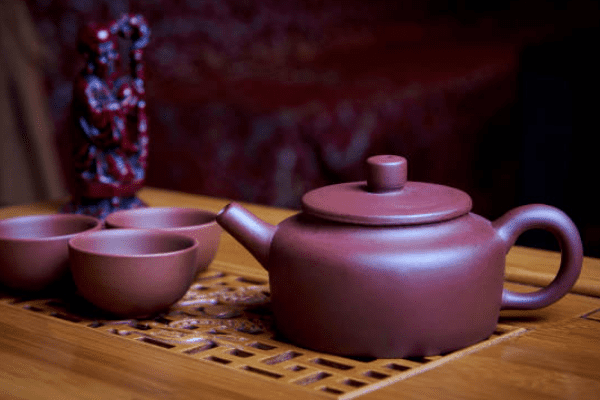Therapeutic exercises >>>> Rehabilitation after myocardial infarction (second stage)
Rehabilitation after myocardial infarction (second stage).
Exercises after myocardial infarction (first stage) >>>

At the second stage of the first stage (stationary mode or home bedding), the patient's task is to load the heart muscle in a sitting position: half-sitting, sitting on the edge of the bed, transferring to a chair. At this stage, the patient's physical efforts consist of the ability to sit up in bed on his own, hang his legs out of bed, and sit on a chair. The patient can eat independently while sitting in bed, on the bed or at the table, shave and wash, brush teeth while sitting on the bed or at the table, read while sitting on the bed or sitting on a chair, play board games. It is necessary to stay in a sitting position from 5 to 20 minutes continuously.
During this period, the task of physical rehabilitation after myocardial infarction is to load large vessels of internal organs (liver, spleen), large venous vessels with blood circulation when moving the torso, and also to change intra-abdominal pressure when moving the body, increasing or decreasing this pressure.
Contraindications for performing the second stage exercises are:
- acute heart failure, when the heart rate reaches more than 104 beats per minute,
- pulmonary edema,
- arrhythmia,
- shock,
- shortness of breath,
- persisting pain syndrome,
- negative dynamics of the ECG,
- high temperature from 38 degrees and above.
The set of exercises for rehabilitation after myocardial infarction of the second stage is designed to involve large muscles in the load. The duration of the classes is up to 15 minutes, you can study with breaks.
Exercise 1. Sitting with support on the back of a chair, place your hands on your knees, then raise your hands to your shoulders, spread in different directions and in the opposite order, transfer to the starting position. To regulate breathing when spreading the arms to the sides, inhale, lower to the starting position - exhale. Repeat the exercise 5 times, adding 2-3 times every day.
Exercise 2. Sitting on a chair or the edge of the bed, squeeze and unclench your toes, put your feet on your toes and return to their original position. Repeat the exercise 4-6 times, adding 2-4 times additionally every day.
Exercise 3. Starting position - sitting on a chair. The legs are bent at the knees and pressed against one another. Press the legs together with tension and then spread the knees at a distance of 12-16 inches. Return to the starting position. Repeat the exercise 2-6 times, adding 2-4 times every day.
Exercise 4. Starting position - sitting on a chair without support on the back, straighten your back, put your hands on your knees and keep your knees trying to lean back on the chair without letting go of your knees. Repeat the exercise from one to two times a day, add an additional 1-2 times every day.
Exercise 5. Starting position - sitting on a chair with support on the back. The legs are bent at the knees, the feet are parallel to the floor. Put one leg on the other helping with your hands. Then take the starting position. Repeat with the other leg. Repeat the exercise once for each leg, add 1-2 times every day for each leg.
Exercise 6. Starting position - sitting on a chair with support on the back. The legs are bent at the knees, the feet are parallel to the floor. Helping with your hand, raise one knee, hold it for 1-5 seconds, lower it to its original position. Do the same with the second leg. Repeat the exercise every day, adding once to each leg.
Exercise 7. Sitting on a chair with an emphasis on the back. Hands freely lower along the body, raise one shoulder, then the second shoulder, lower both shoulders alternately in the reverse order. Repeat the exercise 4-6 times. Add 2-4 times every day.
Exercise 8. Starting position - sitting on a chair with an emphasis on the back. Exhale, bend over to the knees with the chest (as far as flexibility allows), straighten up and take the starting position - take a breath. Repeat the exercise from 2 times to 6 times according to health capabilities. Add 1-2 times every day.
Exercise 9. Starting position - sitting on a chair with an emphasis on the back. The arms are freely lowered down along the body. Raise your left hand and grab the forearm of your right hand with it. Hold this position for 1-5 seconds. Take the starting position. Raise your right hand and place your hand on your left forearm. Hold this position for 1-5 seconds. Take the starting position. Repeat the exercise 3 to 6 times. Add 2-4 times every day.
It is necessary to combine the exercises of the second stage with the exercises of the first stage (in the supine position). Dose the load for health reasons. If you feel unwell, stop physical activity and resume the next day. Start with minimal effort and amount of exercise.
Physical and household stress after myocardial infarction (third stage) >>>

Read

Read


























